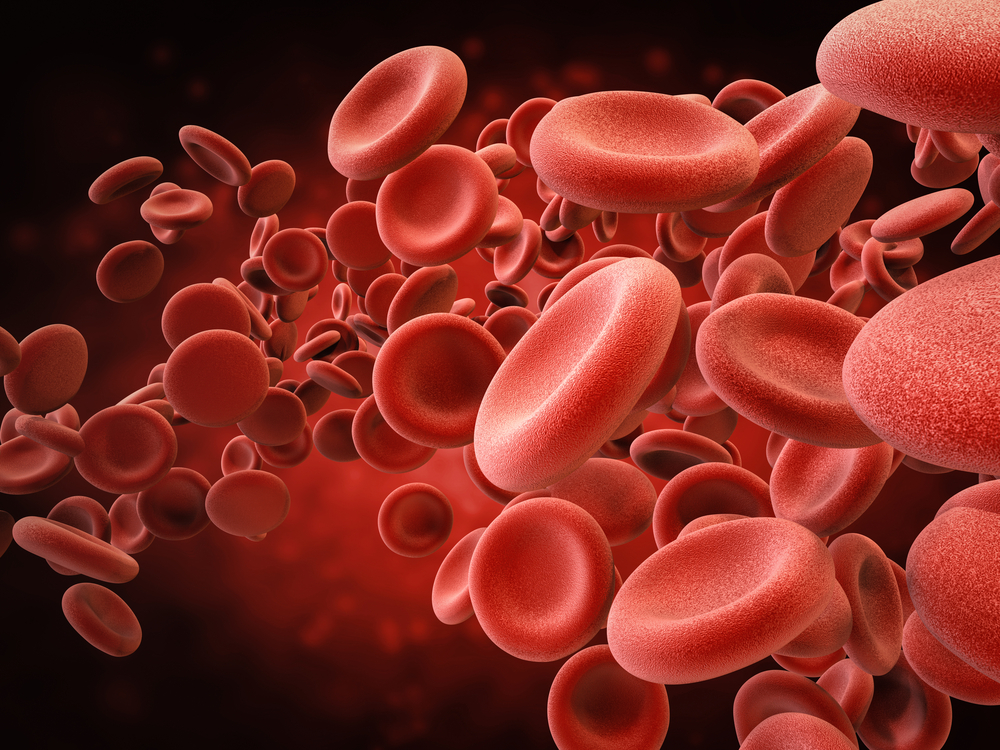Cerebral Small Vessel Disease Can Be Detected Before Diagnosis of MPO-AAV, Study Suggests

In patients with MPO-positive ANCA-associated vasculitis, the excess inflammation causes cerebral small vessel disease even before the disease is diagnosed, and the risk for cerebral disease may remain high even after immunosuppressive treatment, researchers say.
The study with that finding, “Occurrence of cerebral small vessel disease at diagnosis of MPO‐ANCA‐associated vasculitis,” was published in the Journal of Neurology.
ANCA-associated vasculitis (AAV) is a chronic autoimmune condition characterized by inflammation of the small blood vessels in the nose, sinuses, throat, lungs, and kidneys. The inflammatory process also can affect nerves, skin, and joints.
Importantly, the disease often is associated with central (brain and spinal cord) and peripheral (nerves outside the brain and spinal cord) nervous system malfunction. However, the central nervous system’s involvement before definite clinical diagnosis of AAV remains unclear.
Using magnetic resonance imaging (MRI), Osaka Medical College researchers sought to evaluate the frequency and progression of cerebral small vessel disease in people with newly diagnosed MPO-positive AAV.
In MPO-positive disease, abnormal antibodies bind the myeloperoxidase protein found in healthy neutrophils (a type of immune cell), making neutrophils attack blood vessel walls.
The study included 56 AAV patients and 75 individuals with non-stroke-associated neurological diseases (control group), all of whom underwent MRI.
To assess disease activity, serum C-reactive protein (a biomarker for inflammation in the body) and serum MPO-ANCA levels were quantified before immunosuppressive treatment was initiated.
At the time of diagnosis, AAV patients had significantly more MRI changes than the control sample, and C-reactive protein levels were associated significantly with the number of identified brain lesions.
Researchers also assessed the risk factors related to atherosclerosis (narrowing of the arteries which could compromise blood flow), but found no differences between study groups.
To evaluate if the risk of cerebral small vessel disease persists after immunosuppressive therapy initiation, AAV patients underwent a second MRI examination. Twenty-three patients were followed up to two years after six months of diagnosis. Of these, six (26%) saw their MRI changes worsen, compared with two of 27 controls (7%).
In line with previous studies, results suggest inflammatory events are somehow related to subclinical (meaning disease is not serious enough yet for the individual to exhibit identifiable symptoms) cerebral small vessel disease.
“Small vessel damage seems to occur silently in MPO-ANCA-positive AAV,” researchers wrote, adding that patients “may be continuously exposed to the risk of cerebral [small vessel disease] after immunosuppressive therapy.”
“Accumulating data for cognitive decline and the occurrence of cerebral infarction would provide important insights into understanding the influence of cerebral [small vessel disease] on the activities of daily living in patients with MPO-ANCA-positive AAV,” researchers concluded.






